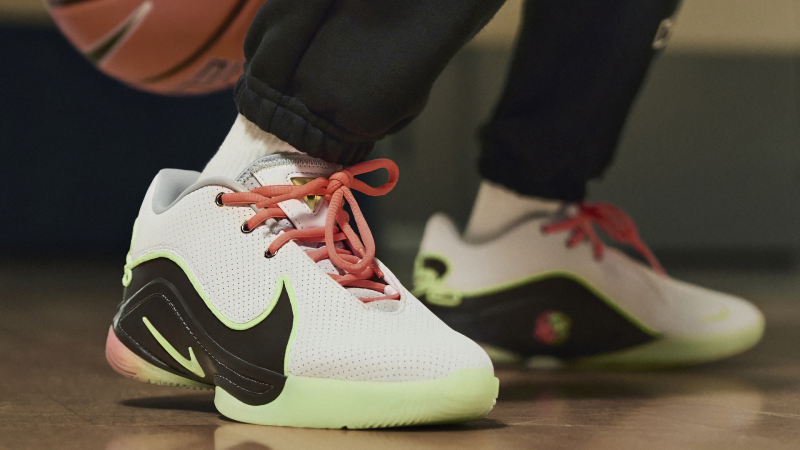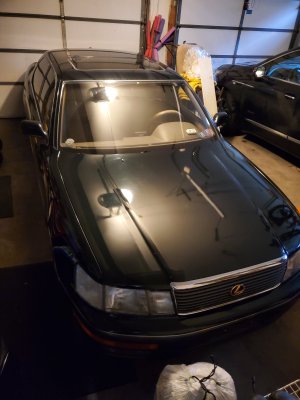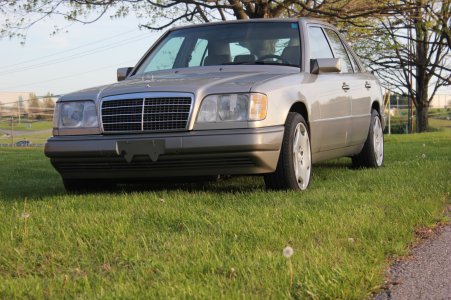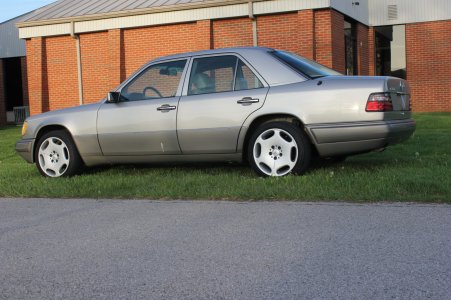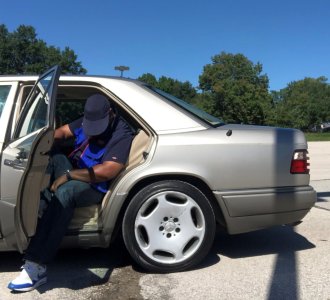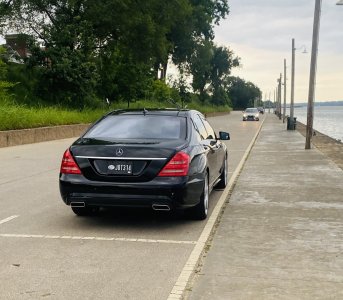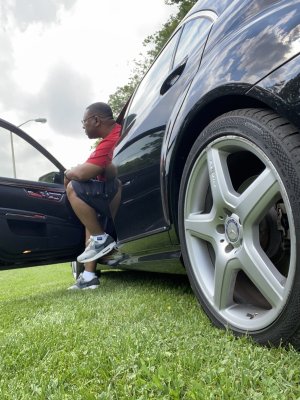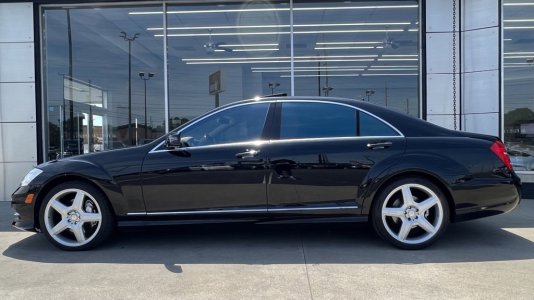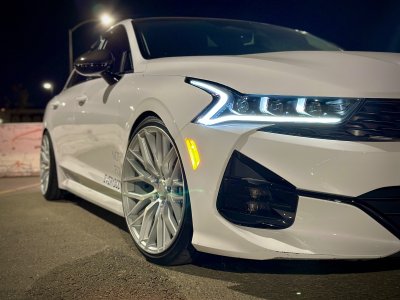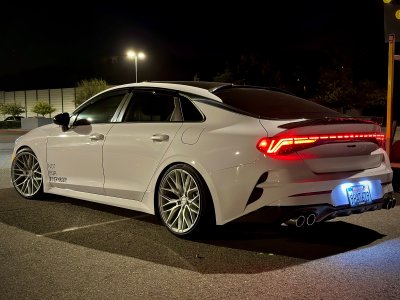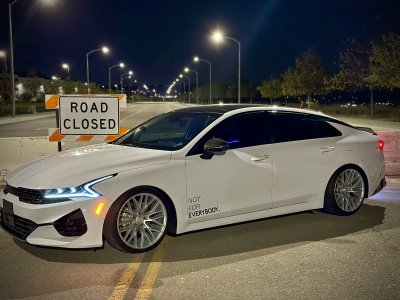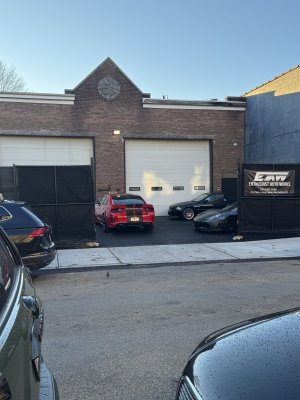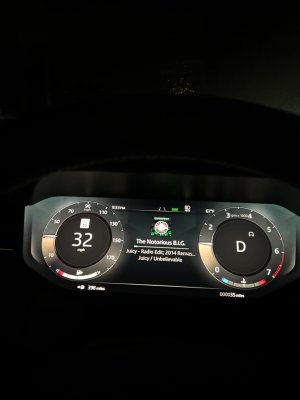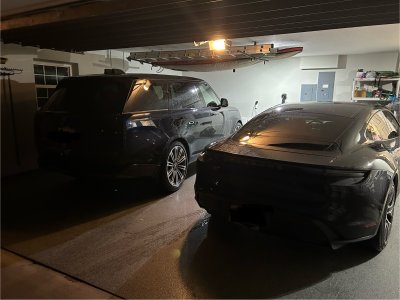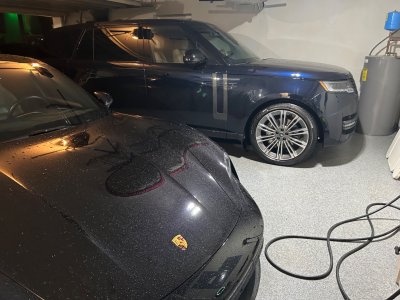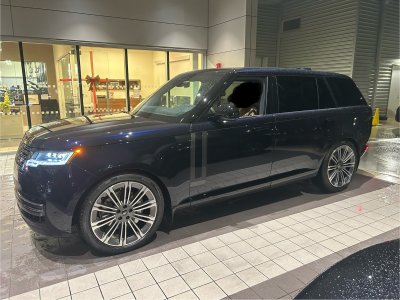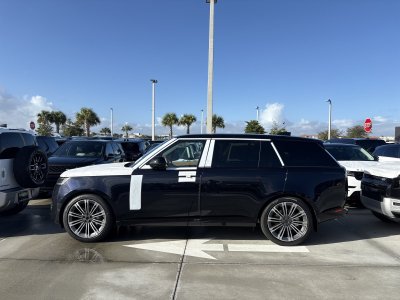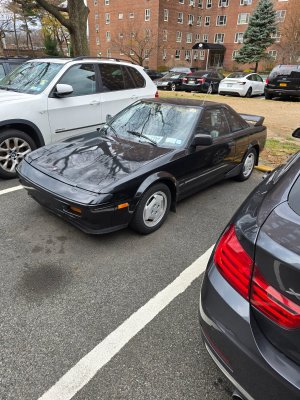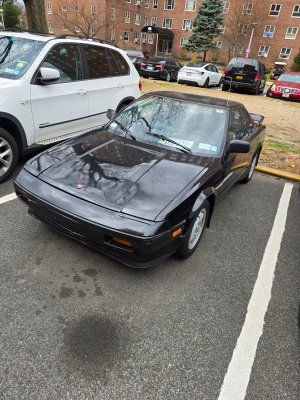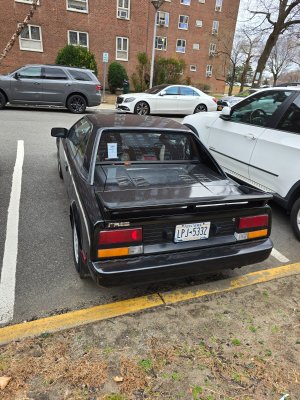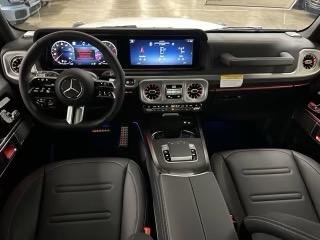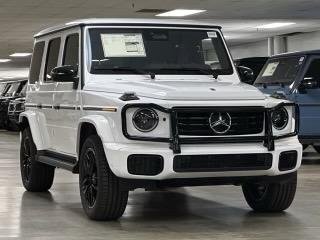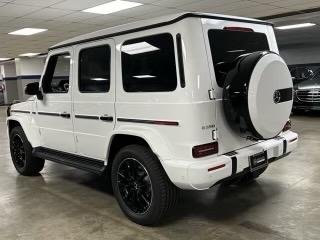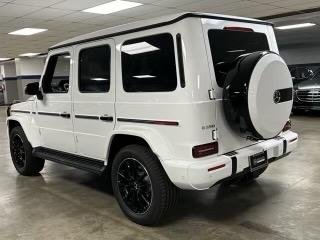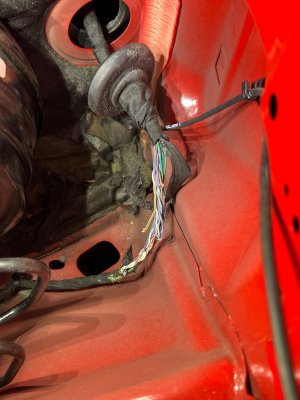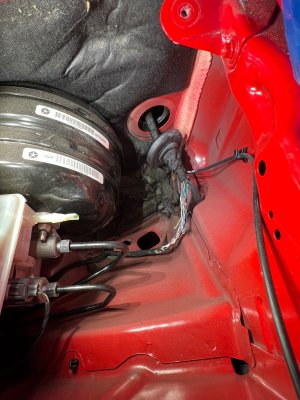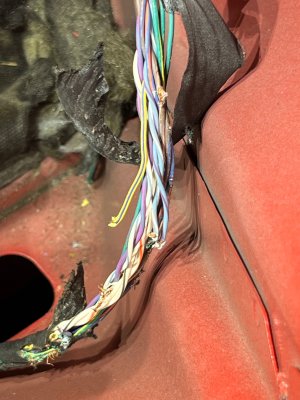From hot rod
For those that asked and will bother to read .
In retrospect, the production of the ’94 Impala SS seemed obvious. In its basic form, the SS was just a modern take on the original recipe for the Impala SS: a high-performance engine in Chevrolet’s fullsize car. However, the car market wasn’t what it was in 1969, the last time an Impala wore an SS badge. In the early ’90s, auto manufacturers were finally learning how to make power while still meeting emissions guidelines. Powerful, rear-wheel-drive sedans were only available from the likes of BMW. That was about to change
The Impala SS concept was the brainchild of Jon Moss, then-manager of Chevrolet Special Vehicles. The B-body Caprice, redesigned in 1991 into the unflatteringly nicknamed “Orca” body style, wasn’t exactly setting the sales charts on fire. In late 1992, Jim Perkins, the general manager of Chevrolet, asked Jon if he could come up with a way to wake up sales. Jon’s goal was to build a concept car that would easily translate to production. He called upon TDM to take a police-spec Caprice 9C1, add an LT1 engine, and lower the suspension by an inch. Vehma, a division of Magna International, did the bodywork, which included the spoiler, the grille, and the badging. The concept was created in only 14 days, just in time for the SEMA Show. Few people outside of the build team even knew about it before it was unveiled. Throughout the development, the only thing that surprised Jon was the tremendous response it got from the enthusiast public. When Chevrolet took the concept to the National Automobile Dealers Association convention in 1993, they received somewhere in the neighborhood of 3,000 orders, enough to nudge the Impala SS into production for the 1994 model year.
The production Impala SS brought a lowered suspension, De Carbon shocks, 12.1-inch disc brakes, and 17-inch aluminum wheels with Z-rated tires to the B-body ladder frame. It differentiated itself with a monotone grille and body molding, a spoiler, and a unique C-pillar window shape, thanks to an appliqué that contained a new iteration of the bounding Impala emblem. The Impala SS was only available in black for 1994; Dark Cherry Metallic and Dark Grey Green were added in 1995.
The heart of the Impala SS is the LT1 V8, which pumped 260 hp and 330 lb-ft of torque through a column-shifted 4L60 transmission. The police-fleet market had asked for more power when the SS concept was being developed, so the LT1 was already on the drawing board. All GM B-body cars would have likely received the LT1 in 1994, regardless of whether the Impala was produced.
If you’re in the market for a used Impala SS, we’ve found they can be had starting at around $5,000, with well-kept models coming in around $9,000. While 260 hp made them quite a fun ride back in 1994, cylinder-head and cam design have come a long way since then, so you should be able to wake one up nicely with a few bolt-ons, though the LT1, Gen II small-block is a bastard engine with reverse cooling (requiring dedicated cylinder heads) and a front-mounted Opti-spark distributor. A Chevrolet Performance E-Rod, LS3 crate-engine swap is also a possibility on the ’94 and ’95 for 50-state emission compliance if numbers-matching isn’t your thing.
Bonus
The ’96 version finally got a floor shifter, which happens to be Moss’ personal favorite, though we prefer the column shift and the console with the cupholders in the ’94s and ’95s.
The ’94 Impala and Caprice exterior rearview mirrors were mounted on stalks. The ’95-’96s have them tucked at the corners of the side glass.
The option codes for the Impala SS from ’94–’96 were BN5, BL5, and 1SS, respectively.
Callaway offered a 404hp, 383-powered Supernatural Impala SS. The package cost $25,345 on top of the $24,405 base price in 1995. It ran the quarter-mile in 14.0 in a Motor Trend test.
The original concept car was later treated to a 540ci big-block. Much later, Rick Hendrick bought it at Barrett-Jackson.
Tim Allen owns a 6.3L, LT5-powered SS--the Binford 6100.
Prior to the LT1, the 7th-gen Caprice was sold with three different V8s with a max output of 180hp.
The Impala’s predecessor, the Caprice, had rear quarter-panels that covered the top part of the tire in the ’91–’92 models. The ’93–96 models have semicircular rear-wheel openings.


 :x
:x 

